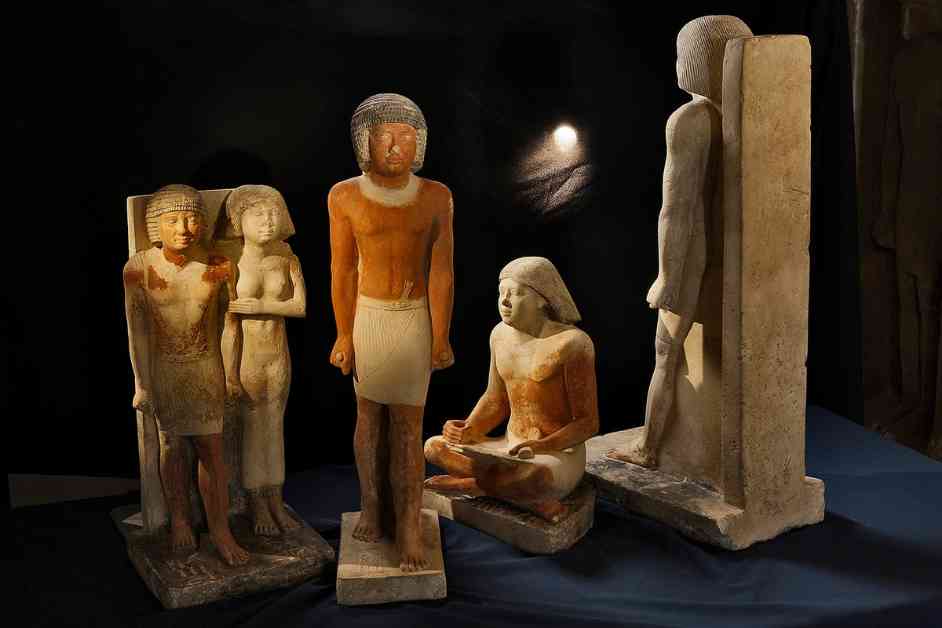The ancient Egyptian statuette known as “William the Hippo” is a unique artifact that provides insight into the beliefs and practices of the ancient Egyptians. Made of cerulean faience and adorned with lotus flower drawings symbolizing regeneration and rebirth, this statuette was found in an ancient Egyptian cemetery in Meir, near Asyut.
Ancient Egyptians viewed hippos as dangerous and aggressive animals, often associating them with chaos. Hippo hunts were a common sport, with depictions of kings battling hippos to symbolize the triumph over chaos. However, due to overhunting, wild hippos disappeared from Egypt by the early 19th century.
The statuette of “William the Hippo” was deliberately crippled, with three of its legs missing, to prevent harm in the afterlife. This practice of damaging artifacts to render them harmless in the afterlife was not uncommon in ancient Egyptian culture.
This artifact is just one example of the many hippo sculptures crafted by ancient Egyptians. Its discovery and subsequent naming as “William” in 1931 highlight the enduring fascination with this unique piece of ancient history.
Jennifer Nalewicki, a journalist based in Salt Lake City, has covered a wide range of science topics, including archaeology and paleontology. Her work has been featured in prestigious publications such as The New York Times and Smithsonian Magazine. With a background in journalism from The University of Texas at Austin, Jennifer brings a wealth of knowledge and expertise to her reporting on ancient artifacts like “William the Hippo.”





